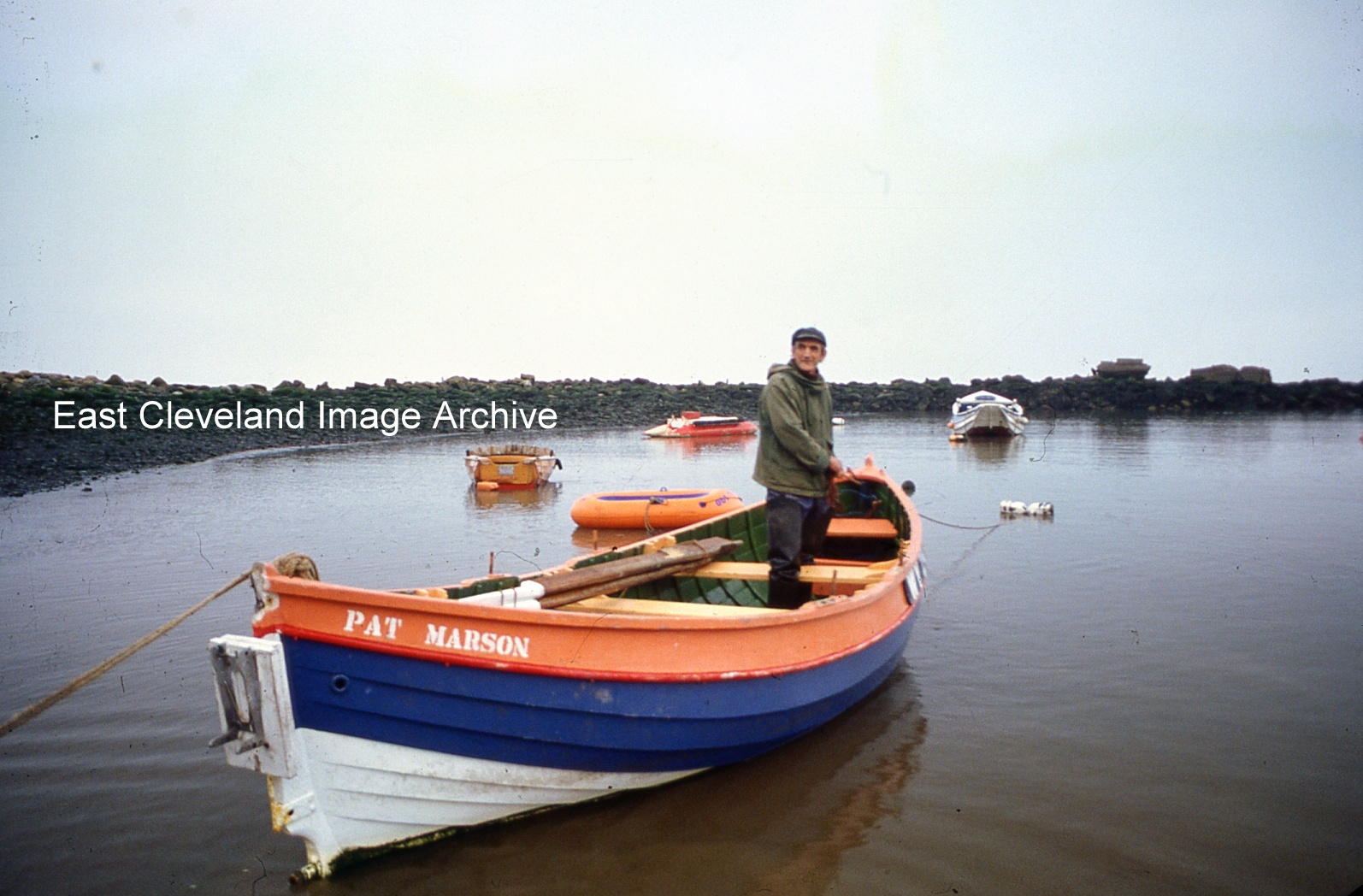
Thanks to Janet Wilson for this photograph of her father, Denis Codling, in his boat ‘Pat Marson’ at Port Mulgrave.
Image and information courtesy of Janet Wilson.
|
|
||
 Thanks to Janet Wilson for this photograph of her father, Denis Codling, in his boat ‘Pat Marson’ at Port Mulgrave. Image and information courtesy of Janet Wilson. 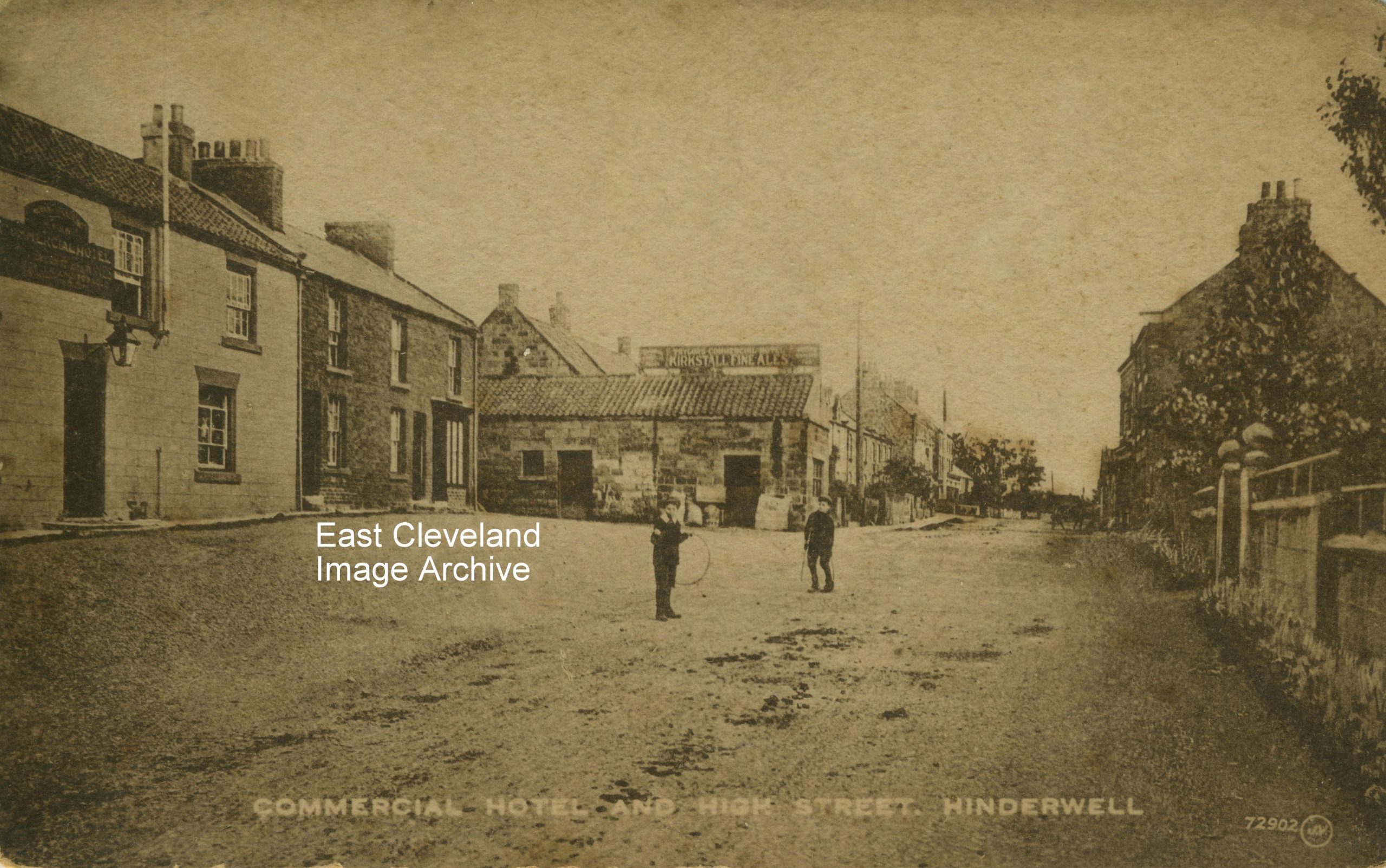 Now known as the Badger Hounds on Hinderwell High Street, this Valentine’s postcard image shows a High Street much quieter than today; but isn’t this one great with the boys and their metal hoops. The condition of the road surface indicates a time before buses and motor vehicles of any sort. Sandie Dowkes tells us: ”My great grandmother Rosa Robinson was the licensee of the Commercial Hotel in 1929 and her son Leonard a Frank Robinson ran a taxi service from there and was the first person to take a motor car down into Runswick Bay to bring out a sick lady to bring to hospital.” Image courtesy of Maurice Grayson and Keith Bowers; many thanks to Sandie Dowkes for the update. 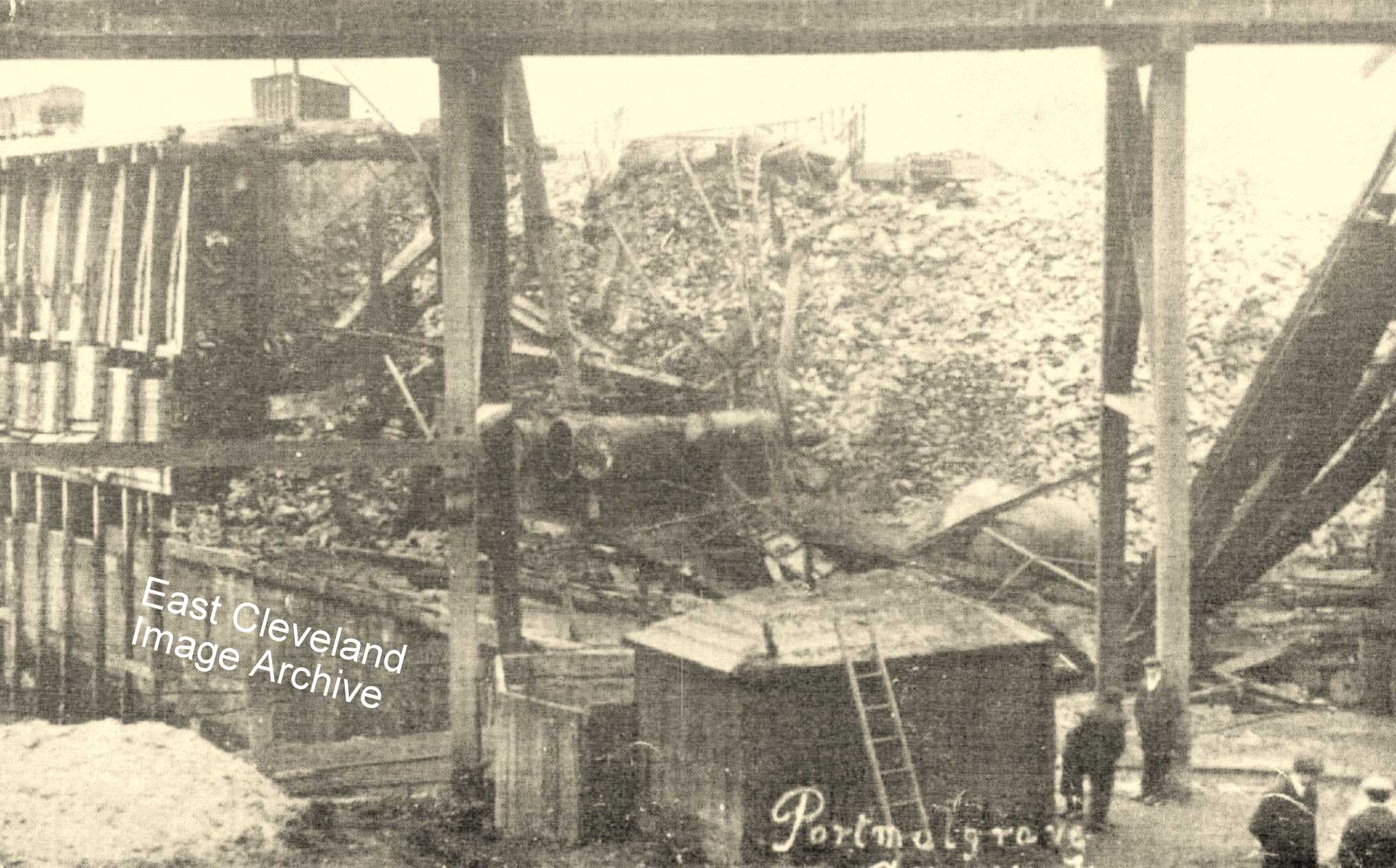 When this photograph arrived to the Archive it was believed to be of the ironstone bunkers at Port Mulgrave. This was confirmed by Simon Chapman who explained: ”This was a fire at Port Mulgrave about 1911. You can see it has burnt out the engine room and boilers for the rope haulage system through the tunnel to Dalehouse, exposing a section through one of the bunkers for loading ironstone into ships in the harbour. The big mound of ironstone to the right was usually built up when sea conditions prevented ships docking and taking normal shipments away. The damage was later repaired and the harbour got back to normal operations.” Image courtesy of Cleveland Ironstone Mining Museum and Maurice Grayson; also many thanks to Simon Chapman for the supporting information. 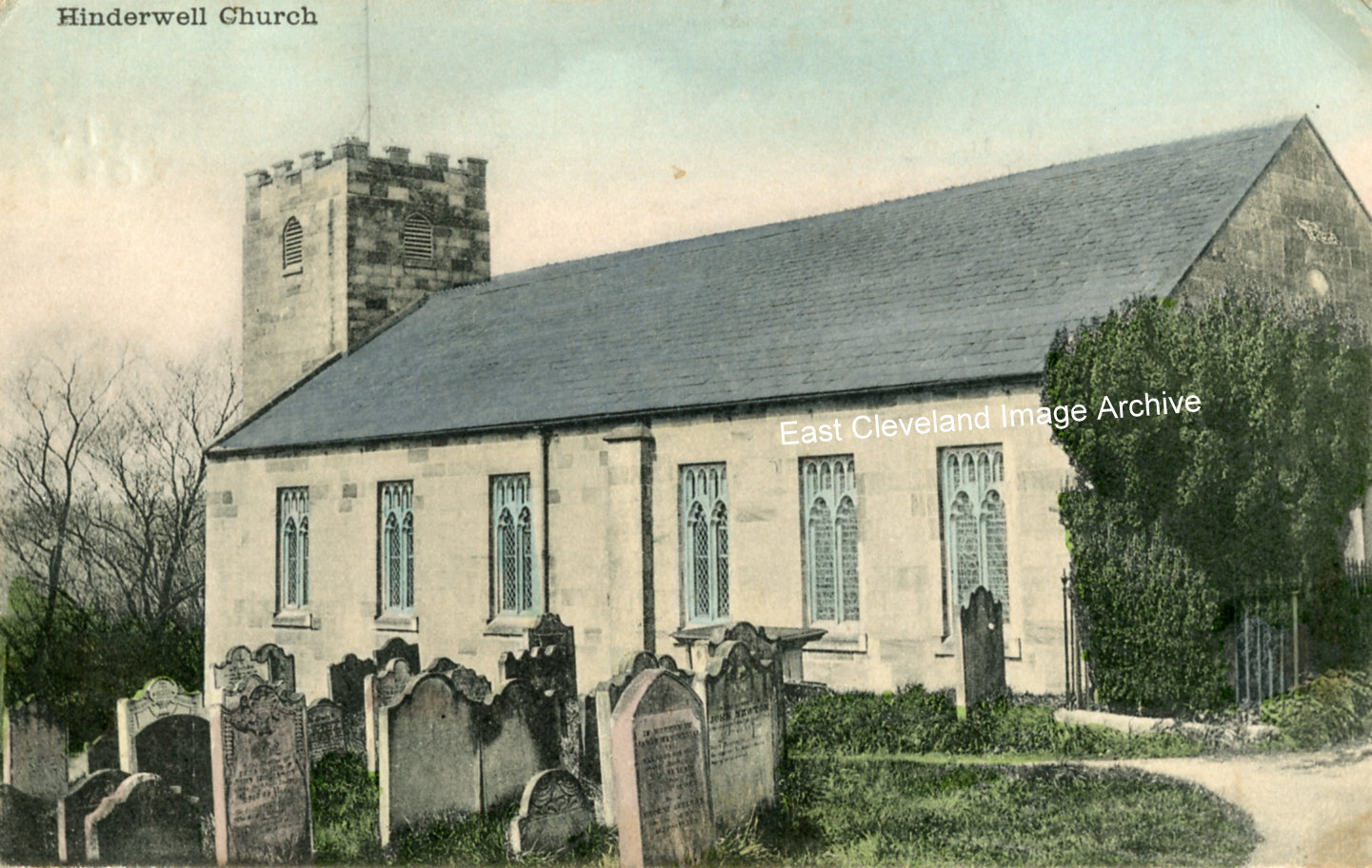 This view of St. Hilda’s Church, Hinderwell is from a card was posted in Whitby on 14th March, 1905 and is believed to have been produced by Tom Watson of Lythe. Image courtesy of Beryl Morris. 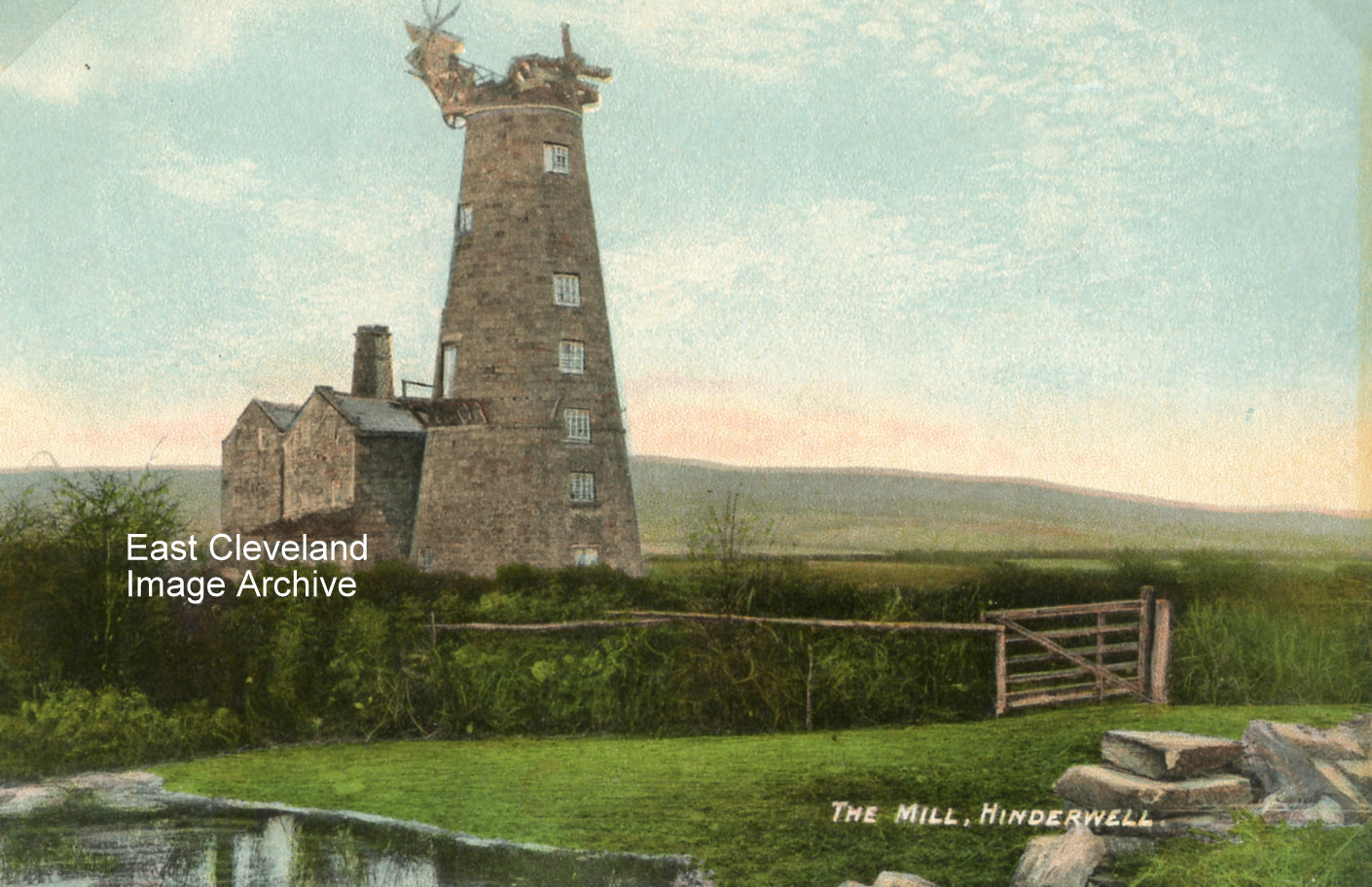 This image Hinderwell wind mill is from a Tom Watson of Lythe post card, un-post marked we are unsure of the precise date. The mill was built in 1820 by Isaac Moon who was also miller at the Dalehouse water mill, it stood seven storeys high and powered by four sails. In 1870 a steam engine was installed to help power the mill. Villagers used to hold dances on the mill floor and it was dismantled in 1915. The mill is marked on old maps and was behind the High Street, to the south west, between the road and the railway. It would have been close to where the Serenity Camp Site is now. Image courtesy of Beryl Morris, Maurice Grayson and Olive Bennett. 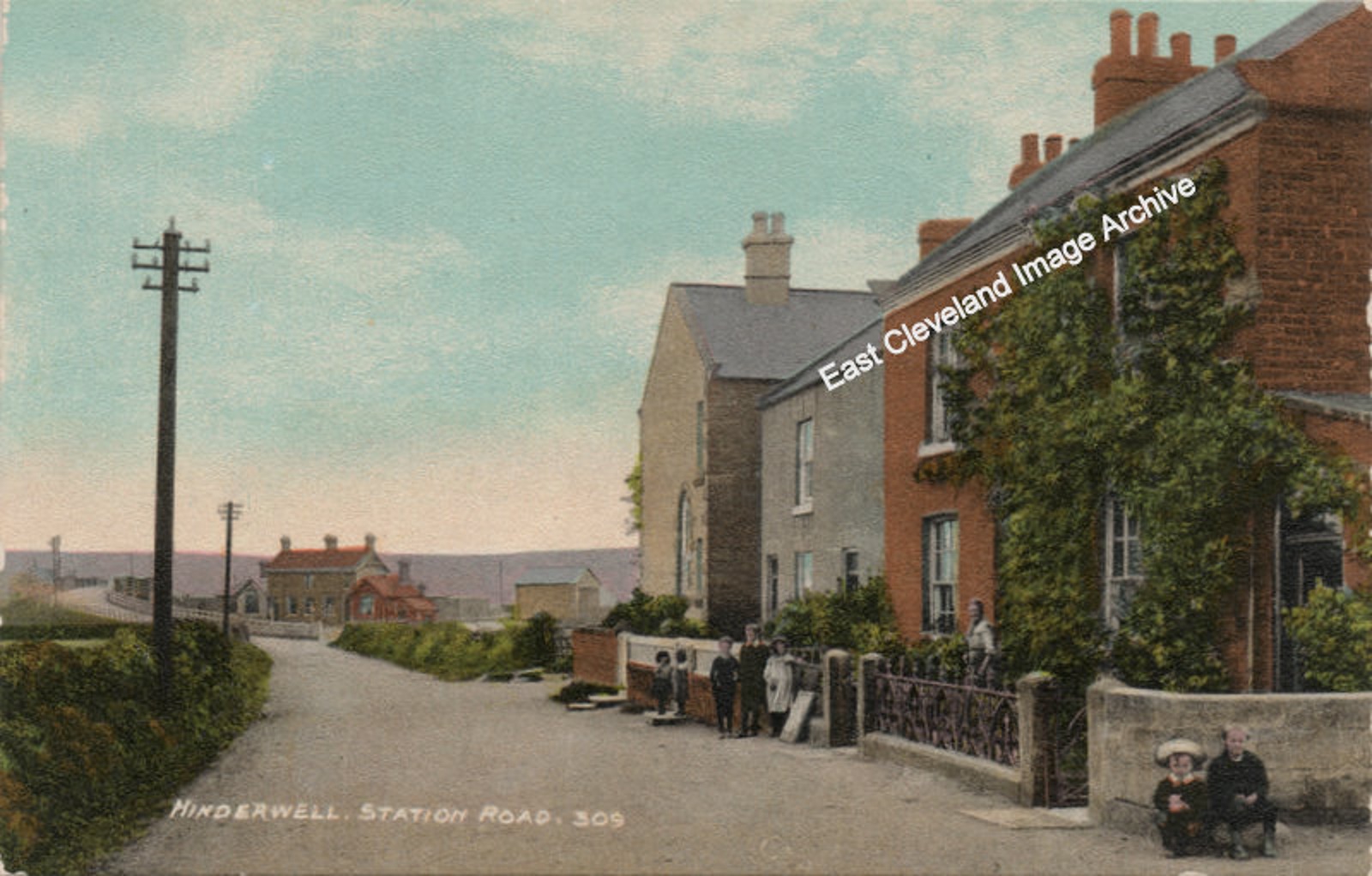 A very different view of the road everybody assumes is Station Road (it originally lead to Hinderwell Station – now sadly gone) but in reality is Brown’s Terrace. The corner visible to the right of this view adjoins the A174 as you drive through Hinderwell towards Whitby, just beyond the war memorial and Runswick Lane. The station site is now small industrial units. Sheila Roots advises: ”The little boy in the sailor suit is my father – William Harrison who lived at 4 Brown’s Terrace. I think the other boy is called Jack and they are sitting at the top of the lane leading to Brown’s Terrace. My brother and I used to stand on the bridge and watch the trains go underneath.” Image courtesy of Beryl Morris (from a postcard published by Tom Watson, Lythe), thanks to Sheila Roots for the update. 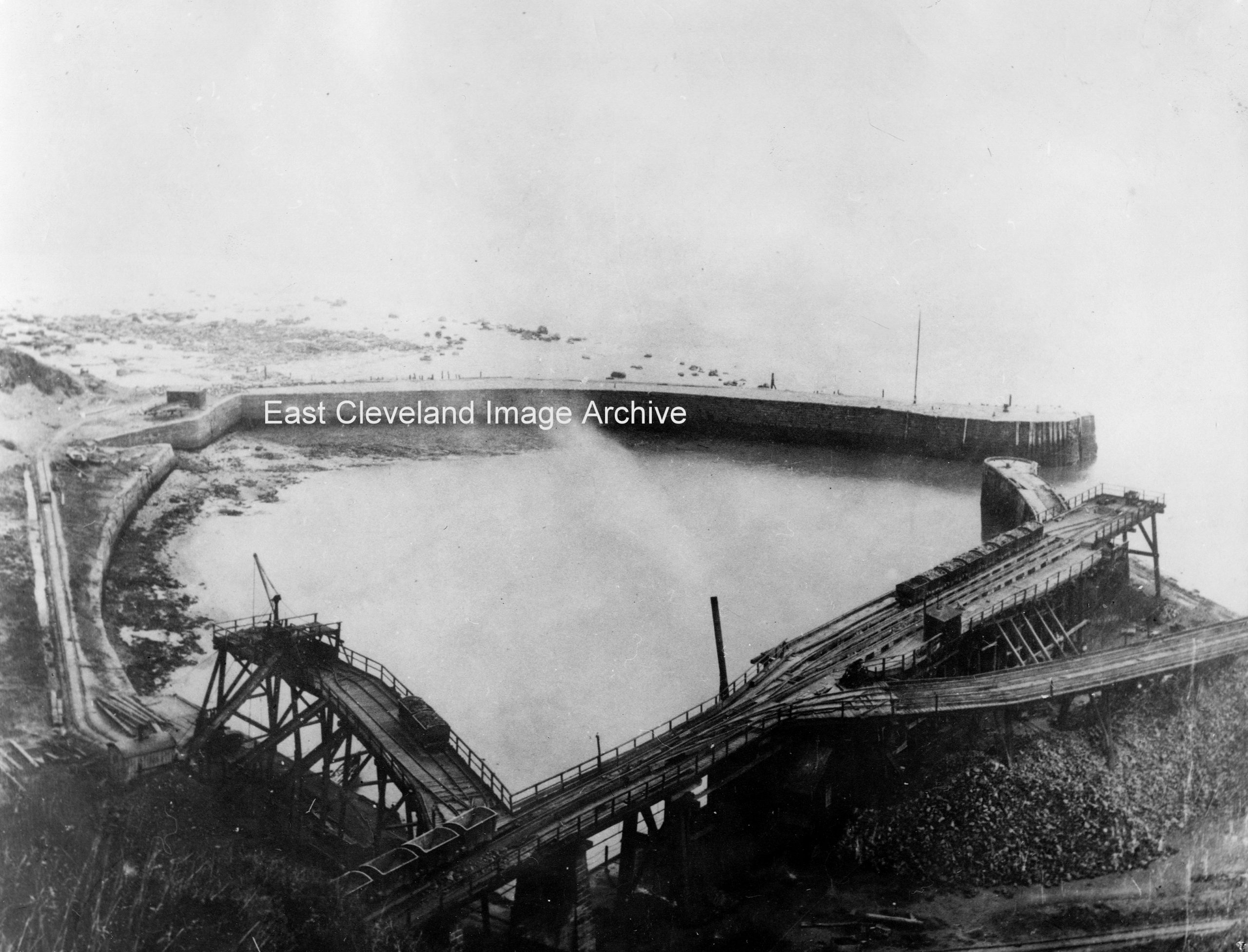 Port Mulgrave, when it actually was a port. Built around 1856-57, it was a very busy place serving the surrounding mines. Empty ironstone trucks are clearly visible on the gantry system; empty trucks to the lower left, awaiting return to the tunnel through to Dalehouse and Grinkle mine to be refilled. Image courtesy of Cleveland Ironstone Mining Museum. 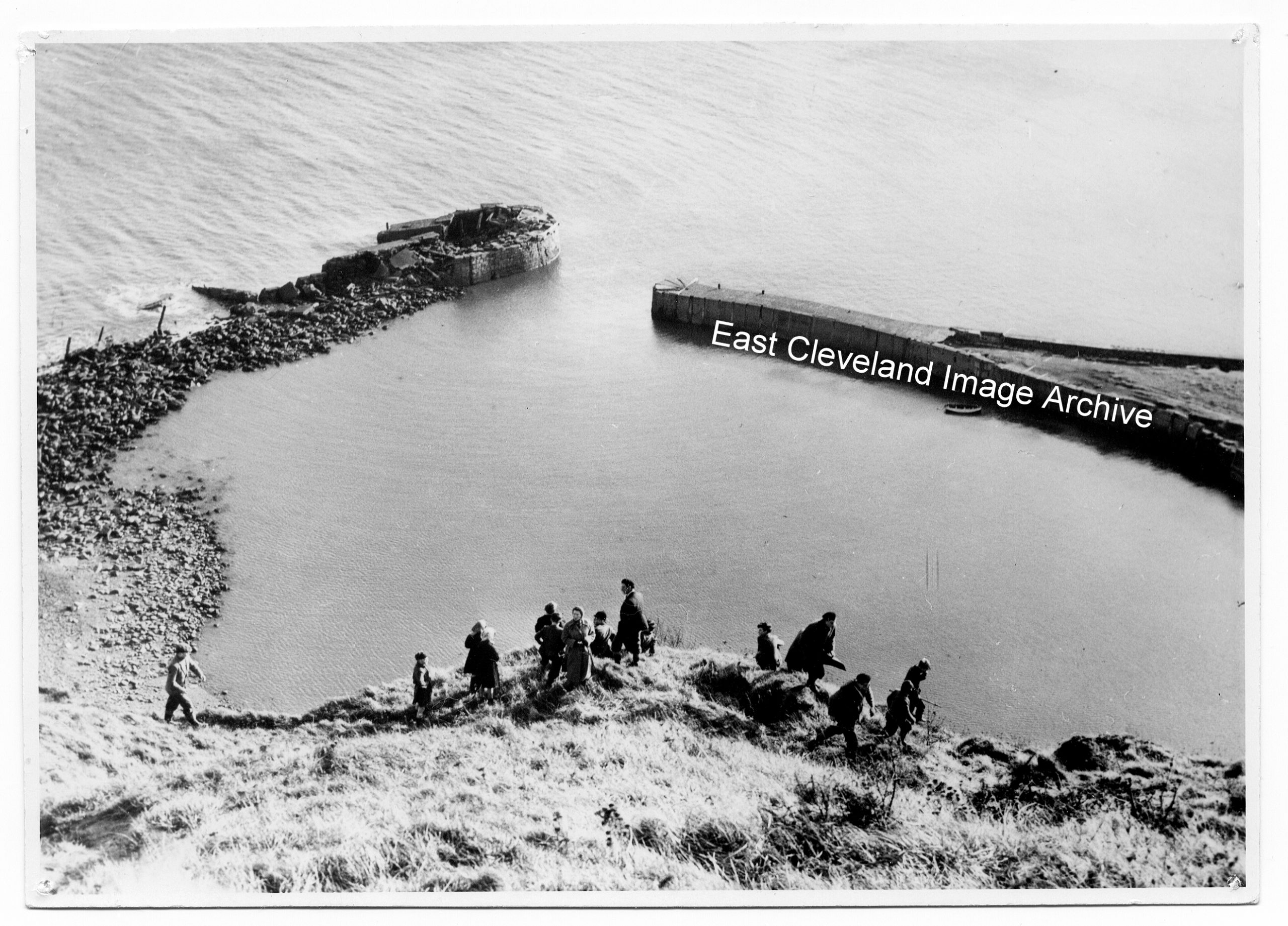 This is an ‘after’ photograph of the previous image; the port has all but gone now, when did it all go wrong? 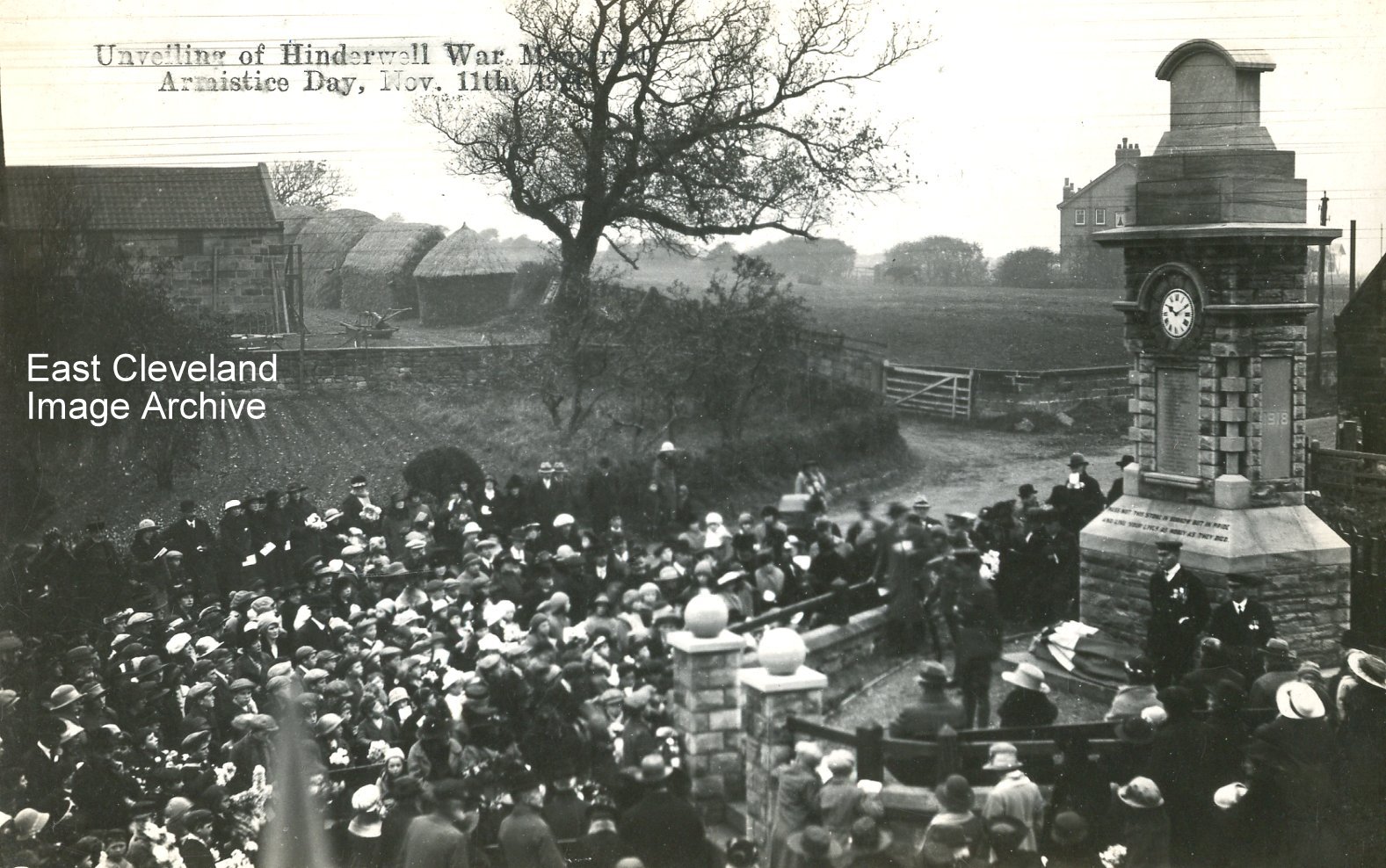 This photograph shows the unveiling ceremony of Hinderwell War Memorial on Armistice Day, 11th November 1921. The Memorial stands 22 feet tall at the junction of the A174 and Runswick Lane. It was constructed from Aislaby and Blue Bank stone from monies raised through public subscription. The unveiling ceremony was attended by Grinkle Miners’ Brass Band, at which £27 was collected to reach the final construction costs of £369; plus clock of £35. The image came from Carolyn Richard’s grandfather; William Grange he was the Co-op Manager at Hinderwell. Image courtesy of Carolyn Richards |
||
Recent Comments